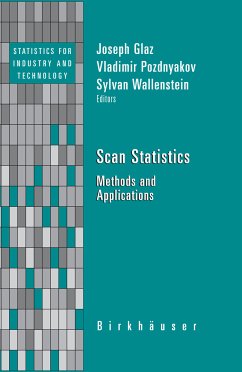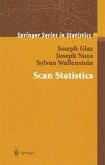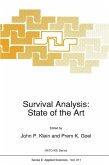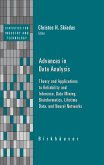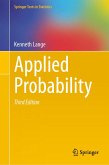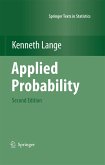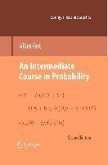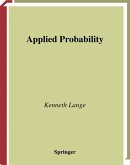Filling a gap in the literature, this self-contained volume brings together a collection of selected chapters illustrating the depth and diversity of theory, methods and applications in the area of scan statistics.
Key features:
* Chapters are written by leading experts in the field.
* Features many current results and highlights new directions for future research.
* Includes challenging theoretical methodological research problems.
* Presentation is accessible to statisticians as well as to scientists from other disciplines where scan statistics are employed.
* Real-world applications to areas such as bioinformatics and biosurveillance are emphasized.
* Contains extensive references to research articles, books, and relevant computer software.
Scan Statistics is an excellent reference for graduate students and researchers in applied probability and statistics, as well as for scientists in biology, computer science, pharmaceutical science, medicine, geography, quality control, communications, and epidemiology. The work may also be used as a textbook for a graduate-level seminar on scan statistics.
Dieser Download kann aus rechtlichen Gründen nur mit Rechnungsadresse in A, B, BG, CY, CZ, D, DK, EW, E, FIN, F, GR, HR, H, IRL, I, LT, L, LR, M, NL, PL, P, R, S, SLO, SK ausgeliefert werden.

